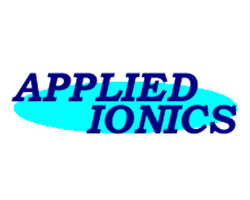Membrane Filters
When bacterial control or removal is essential
Membrane cartridge filters ensure the complete removal of microorganisms in sterile liquid applications, or spoilage organism removal to ensure shelf life in food & beverage applications. Often known as final, sterile or POU filters, a 0.2 micron absolute membrane cartridge filter is the last filter used in manufacturing prior to packaging.
All membrane cartridges are constructed from material meeting USFDA Title 21 and USP Class VI. The filter also meets the current USP requirements for extractables. All are steam sterilizable and integrity testable.
Why Choose PoreFiltration?
-
Extensive product range
-
Best Price GUARANTEED!
-
Specialist support team with deep knowledge of liquid & gas applications
-
Reliable quality & delivery.
Our Products
PES Membrane Filters
Polyethersulphone (PES) membrane is the preferred choice for sterilisation & stabilisation applications in Food, Beverage, Healthcare & Process Water applications.
Frequently Asked Questions
- High-efficiency particulate and microbial removal
- Consistent and reliable filtration performance
- Wide chemical compatibility
- Can be sterilised and re-used in some applications
- Required pore size
- Flow rate and pressure drop
- Chemical compatibility
- Regulatory compliance (e.g., FDA, USP, EC1935/2004)
- Sterilisation and cleaning requirements
In liquids common pore sizes include 0.1 µm, 0.2 µm, 0.45 µm, and 1.2 µm, depending on the application. In dry gases although the product in a liquid application would be 0.2 micron they are rerated as 0.02 or 0.01 for gases.
The required size depends on clean differential pressure required, flow rate, and whether the volume of liquid to be processed is continuous or batch.
Read our blog: Filtration System Optimal Sizing
Firstly it depends on whether it is a batch application in which case it is replaced every batch.
However if it is for greater continuous use then the application, contaminant load, and filtration efficiency requirements play roles on the filter life. Monitoring differential pressure drop and flow rate can help determine when replacement is necessary.
.
- Steam sterilisation (Steam in place (SIP) or autoclaving)
- Chemical sanitisation
- Gamma irradiation
Explore Related Articles
Customers We Work With















